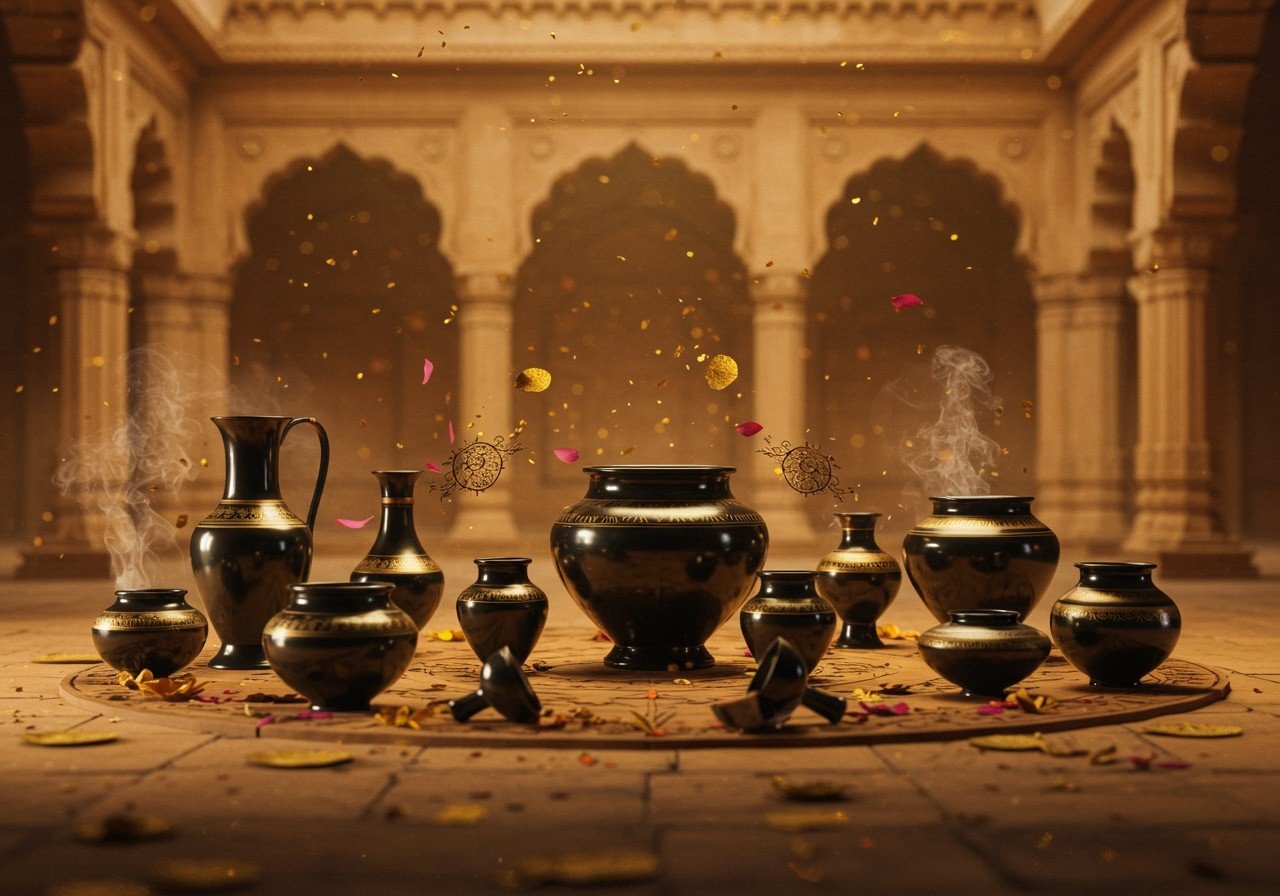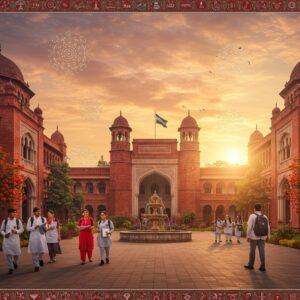
Northern Black Polished Ware (NBPW) stands as a testament to the rich cultural heritage of ancient India. This guide explores its history, features, and significance, offering valuable insights for those fascinated by traditional artifacts and their historical importance. Poojn.in, India’s largest online store for cultural goods and services, is your one-stop shop for all things related to traditional rituals and ceremonies.
Origin and Historical Context
Emergence of NBPW in Ancient India
Emerging during the Mauryan period (around the 3rd century BCE), NBPW’s development was deeply intertwined with the socio-political and economic dynamics of the empire. Its widespread use and trade underscore its significance in ancient Indian commerce. Key archaeological sites such as Taxila, Sanchi, and Pataliputra offer valuable clues to its historical context. Explore more about ancient Indian history and formation on poojn.in.
Defining Northern Black Polished Ware
Key Characteristics of NBPW
NBPW is renowned for its distinctive black, glossy finish, achieved by firing fine clay at high temperatures. Its forms vary, including bowls, dishes, and jars, each showcasing remarkable craftsmanship that sets it apart from other ancient ceramics. Discover more about regional identities and cultural artifacts on poojn.in.
Why is Northern Black Polished Ware Called So?
Understanding the Nomenclature
The name “Northern Black Polished Ware” reflects its primary distribution in northern India and its unique glossy black surface, a result of specialized firing techniques. This nomenclature highlights the historical and cultural significance of NBPW.
Distribution of Northern Black Polished Ware
Geographical Spread of NBPW
NBPW has been discovered across the Indian subcontinent, with key archaeological sites including Uttar Pradesh, Bihar, and Punjab. Ancient India’s trade routes and networks facilitated its spread, connecting it to flourishing commerce. Regional variations in NBPW reflect local influences and adaptations. Learn more about the geographical regions of India and their historical significance on poojn.in.
Cultural and Ritual Significance
Role of NBPW in Ancient Society
NBPW held cultural and ritual significance in ancient Indian society. Utilized in religious ceremonies, daily life, and burial practices, it symbolized prosperity and status. Ancient texts further emphasize its historical importance. Find authentic ritual items for your ceremonies at poojn.in.
Modern Relevance and Collecting NBPW
Contemporary Interest in NBPW
Today, collecting ancient artifacts like NBPW is gaining popularity, allowing individuals to connect with historical traditions. Identifying authentic NBPW requires understanding its specific characteristics and value. Online platforms now simplify the acquisition process for collectors. Explore a wide range of authentic cultural goods at poojn.in.
Poojn.in: Supporting Your Ritual Needs
Poojn.in, India’s leading provider of puja samagri and other religious items, offers a wide selection of products that can enhance your understanding and appreciation of NBPW. Discover high-quality items traditionally used in ceremonies and rituals, including:
- Pure Black Sesame (Kala Til): Available in various quantities, perfect for traditional rituals and ceremonies. Kala til is known for its spiritual significance and is often used in offerings and purification practices. Sourced from trusted suppliers, our kala til guarantees purity and authenticity for your rituals.
- High-quality Barley (Jau): Offered in multiple pack sizes to suit your needs. Jau holds a significant place in ancient Indian traditions and is often used in havans and other sacred ceremonies. Our premium quality jau ensures a fulfilling and authentic ritual experience.
- Authentic Masoor Dal: Essential for various religious practices and offerings. Masoor dal is a staple in many Indian rituals, symbolizing prosperity and abundance. We provide high-quality masoor dal to enhance the authenticity of your ceremonies and offerings.
Visit poojn.in to explore our complete collection and elevate your ritual experiences.
Conclusion: Embracing Our Heritage
NBPW represents more than just ancient pottery; it is a tangible link to India’s rich past. From its Mauryan origins to its role in daily life and rituals, NBPW embodies craftsmanship and cultural significance. Understanding its features and historical context allows us to appreciate its true value. As interest in collecting NBPW grows, we have the opportunity to connect with our heritage in profound ways. Whether you are a seasoned collector or a curious enthusiast, NBPW enriches your appreciation of Indian history. Embrace the tradition and explore the world of NBPW.
FAQs on NBPW
What is Northern Black Polished Ware (NBPW)? NBPW is a distinctive type of ancient pottery renowned for its shiny black finish and fine craftsmanship, primarily found in northern India.
Why is it called “Northern Black Polished Ware”? The name stems from its primary distribution in northern India and its unique polished black surface, achieved through specialized firing techniques.
What are the key features of NBPW? NBPW is characterized by its smooth, glossy black or dark gray surface, thin walls, and meticulous craftsmanship, indicating advanced pottery skills.
What materials were used to make NBPW? High-quality, finely-ground clay was used to create NBPW, allowing for the creation of its smooth, polished finish.
Where was NBPW distributed? NBPW was widely distributed across northern India, with significant finds in Uttar Pradesh, Bihar, West Bengal, and other regions.
When was NBPW used? NBPW was predominantly used from around 700 BCE to 200 BCE, particularly during the Maurya period.
What was the significance of NBPW? NBPW showcases the advanced pottery techniques, trade practices, and cultural-economic prosperity of ancient India, offering insights into its rich history.
How was NBPW made? NBPW was crafted using a fine clay mixture, shaped meticulously, and fired at high temperatures using specific techniques to achieve its characteristic polished black surface.


